The outer reaches of the Milky Way galaxy are a different place. Stars are much harder to come by, with most of this “galactic halo” being made up of empty space. But scientists theorize that there is an abundance of one particular thing in this desolate area – dark matter. Now, a team from Harvard and the University of Arizona (UA) spent some time studying and modeling one of the galaxy’s nearest neighbors to try to tease out more information about that dark matter, and as a result came up with an all new way to look at the halo itself.
Continue reading “New All-Sky Map of the Milky Way’s Galactic Halo”Our Part of the Galaxy is Packed with Binary Stars
Binary star systems are everywhere. They make up a huge percentage of all known solar systems: from what we can tell, about half of all Sun-like stars have a binary partner. But we haven’t really had a chance to study them in detail yet. That’s about to change. Using data from the European Space Agency’s Gaia spacecraft, a research team has just compiled a gigantic new catalog of nearby binary star systems, and it shows that at least 1.3 million of them exist within 3000 light-years of Earth.
Continue reading “Our Part of the Galaxy is Packed with Binary Stars”The Solar System Might Not Exist if There Wasn’t a Huge Galactic Collision with the Milky Way Billions of Years Ago
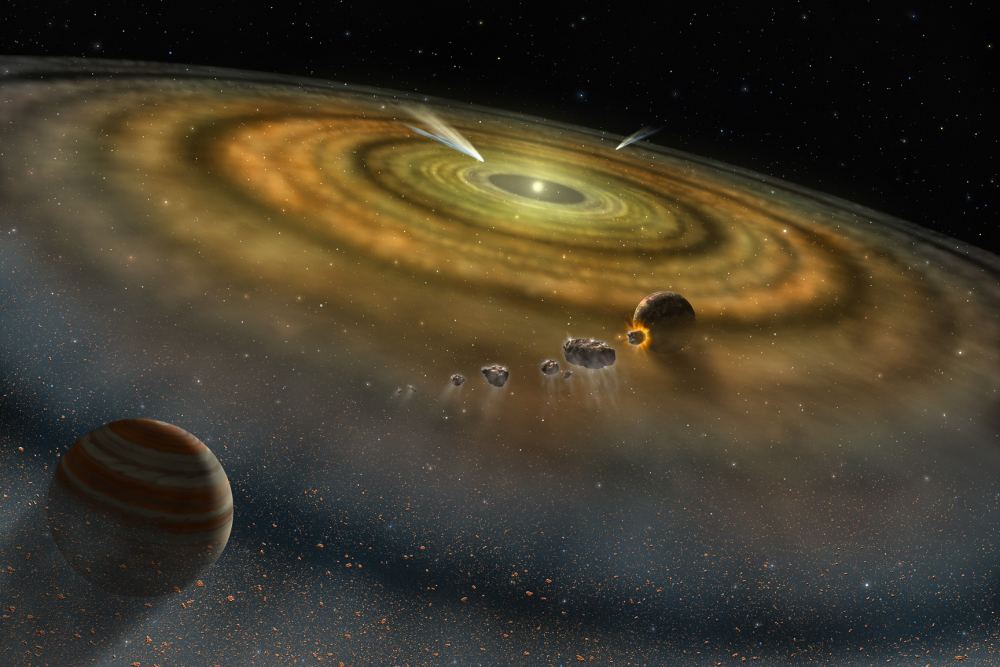
The Milky Way has a number of satellite galaxies; nearly 60 of them, depedending on how we define them. One of them, called the Sagittarius Dwarf Spheroidal Galaxy (Sgr d Sph), may have played a huge role when it comes to humans, our world and our little civilization. A collision between the Milky Way and the Sgr d Sph may have created the Solar System itself.
Continue reading “The Solar System Might Not Exist if There Wasn’t a Huge Galactic Collision with the Milky Way Billions of Years Ago”Tatooines everywhere? Many of the Exoplanets Already Discovered are in Multi-Star Systems
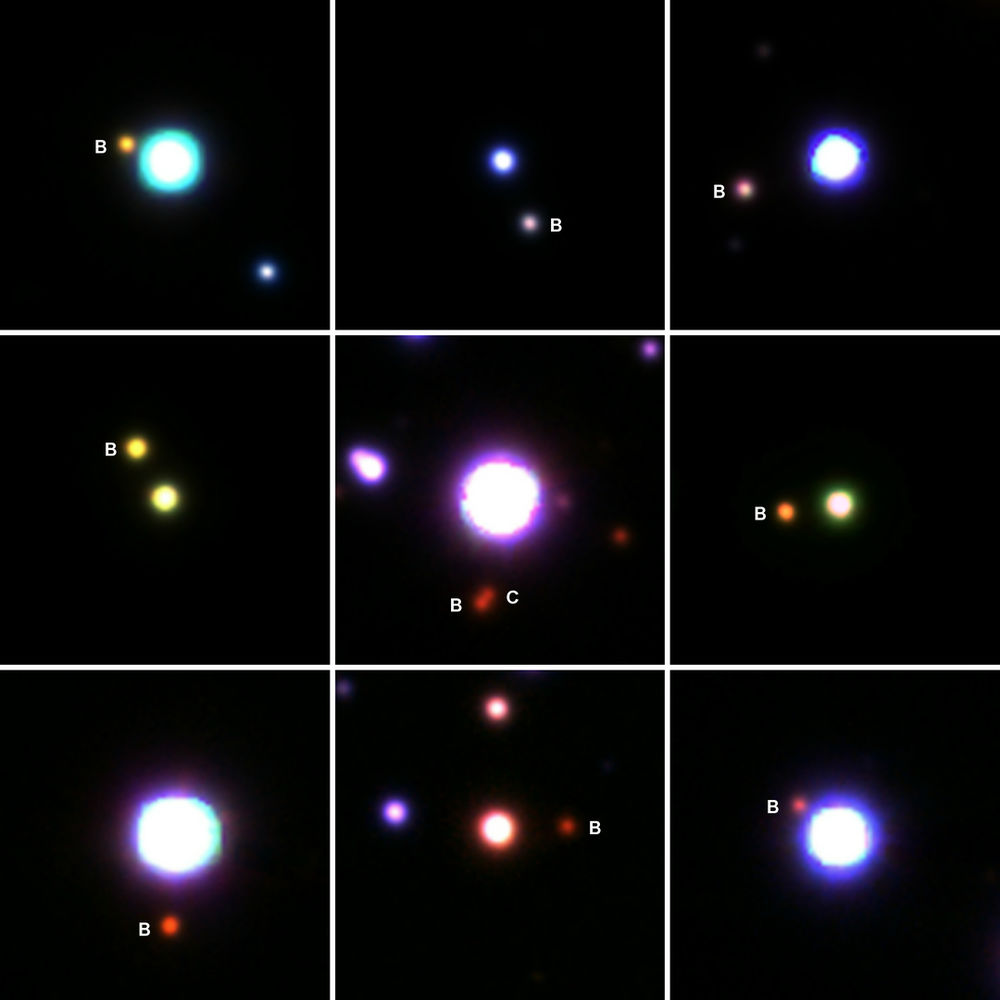
Right now, we know of about 4,000 confirmed exoplanets, mostly thanks to the Kepler mission. TESS, the Transiting Exoplanet Survey Satellite, will likely raise that 4000 by a lot. But what about the stars that all of these planets orbit?
A new study from the Astrophysical Institute and University Observatory of the University of Jena identified over 200 exoplanets that exist in multiple star systems. The study is part of the effort to understand how host stars shape the formation and evolution of planets.
Continue reading “Tatooines everywhere? Many of the Exoplanets Already Discovered are in Multi-Star Systems”This Star has been Kicked Out of the Milky Way. It Knows What It Did.
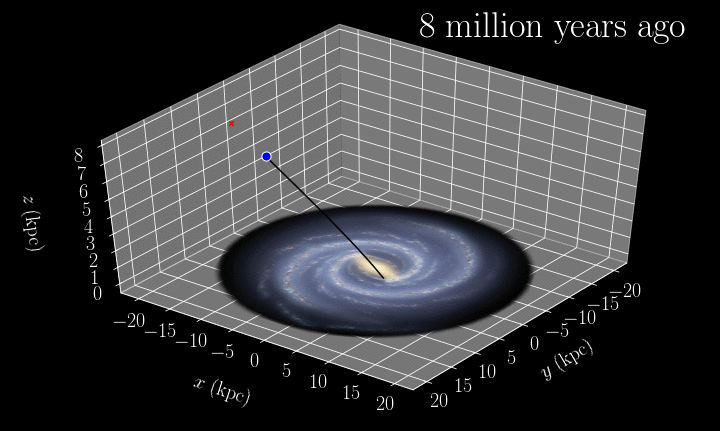
Every once in a while, the Milky Way ejects a star. The evicted star is typically ejected from the chaotic area at the center of the galaxy, where our Super Massive Black Hole (SMBH) lives. But at least one of them was ejected from the comparatively calm galactic disk, a discovery that has astronomers rethinking this whole star ejection phenomenon.
Continue reading “This Star has been Kicked Out of the Milky Way. It Knows What It Did.”Thanks to Gaia, We Now Know Exactly When We’ll be Colliding with Andromeda

Astronomers have known for some time that the Milky Way and the Andromeda galaxies will collide on some future date. The best guess for that rendezvous has been about 3.75 billion years from now. But now a new study based on Data Release 2 from the ESA’s Gaia mission is bringing some clarity to this future collision.
Continue reading “Thanks to Gaia, We Now Know Exactly When We’ll be Colliding with Andromeda”Gaia Spots an Enormous Ghost Galaxy Right Next Door that’s Being Dismantled by the Milky Way
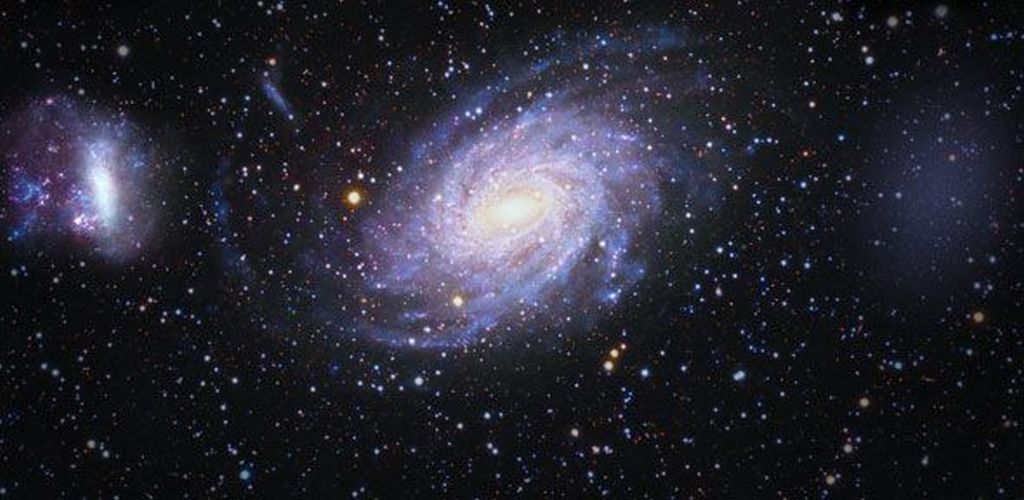
Astronomers combing through data from the ESA’s Gaia spacecraft have discovered what they’re calling a ghost galaxy. The galaxy, named Antlia 2 (Ant 2) is an extremely low-density dwarf galaxy that was formed in the early days of the universe. And it is being stripped of its mass by the tidal forces of the Milky Way.
Continue reading “Gaia Spots an Enormous Ghost Galaxy Right Next Door that’s Being Dismantled by the Milky Way”
The Milky Way is Still Rippling from a Galactic Collision Millions of Years Ago

Between 300 million and 900 million years ago, our Milky Way galaxy nearly collided with the Sagittarius dwarf galaxy. Data from the ESA’s Gaia mission shows the ongoing effect of this event, with stars moving like ripples on the surface of a pond. The galactic collision is part of an ongoing cannibalization of the dwarf galaxy by the much-larger Milky Way.
Continue reading “The Milky Way is Still Rippling from a Galactic Collision Millions of Years Ago”
How Fast is the Universe Expanding? Hubble and Gaia Team Up to Conduct the Most Accurate Measurements to Date
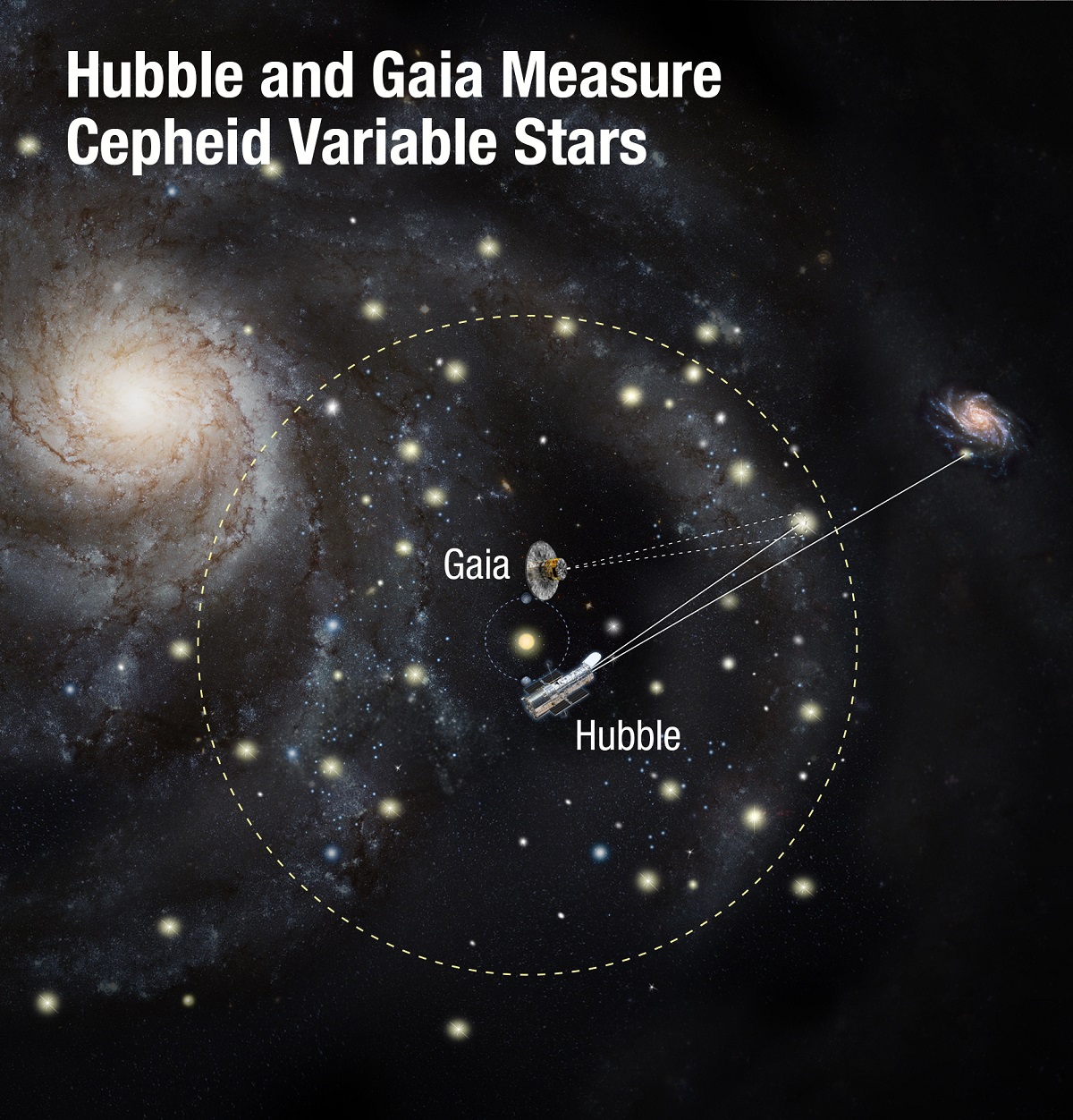
In the 1920s, Edwin Hubble made the groundbreaking discovery that the Universe was in a state of expansion. Originally predicted as a consequence of Einstein’s Theory of General Relativity, measurements of this expansion came to be known as Hubble’s Constant. Today, and with the help of next-generation telescopes – like the aptly-named Hubble Space Telescope (HST) – astronomers have remeasured and revised this law many times.
These measurements confirmed that the rate of expansion has increased over time, though scientists are still unsure why. The latest measurements were conducted by an international team using Hubble, who then compared their results with data obtained by the European Space Agency’s (ESA) Gaia observatory. This has led to the most precise measurements of the Hubble Constant to date, though questions about cosmic acceleration remain.
The study which describes their findings appeared in the July 12th issue of the Astrophysical Journal, titled “Milky Way Cepheid Standards for Measuring Cosmic Distances and Application to Gaia DR2: Implications for the Hubble Constant.” The team behind the study included members from the Space Telescope Science Institute (STScI), the Johns Hopkins University, the National Institute for Astrophysics (INAF), UC Berkeley, Texas A&M University, and the European Southern Observatory (ESO).
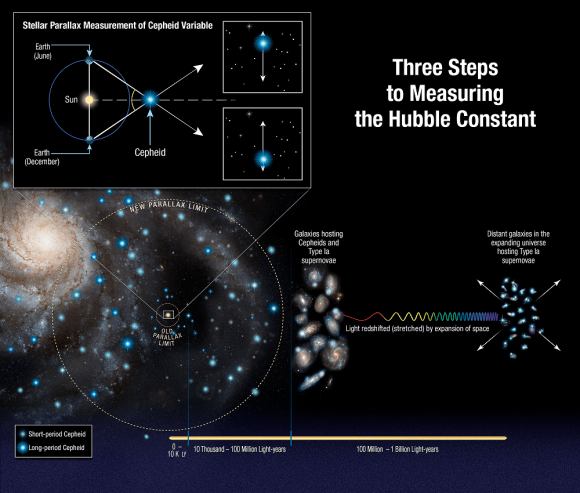
Since 2005, Adam Riess – a Nobel Laureate Professor with the Space Telescope Science Institute and the Johns Hopkins University – has been working to refine the Hubble Constant value by streamlining and strengthening the “cosmic distance ladder”. Along with his team, known as Supernova H0 for the Equation of State (SH0ES), they have successfully reduced the uncertainty associated with the rate of cosmic expansion to just 2.2%
To break it down, astronomers have traditionally used the “cosmic distance ladder” to measure distances in the Universe. This consists of relying on distance markers like Cepheid variables in distant galaxies – pulsating stars whose distances can be inferred by comparing their intrinsic brightness with their apparent brightness. These measurements are then compared to the way light from distant galaxies is redshifted to determine how fast the space between galaxies is expanding.
From this, the Hubble Constant is derived. Another method that is used is to observe the Cosmic Microwave Background (CMB) to trace the expansion of the cosmos during the early Universe – circa. 378,000 years after the Big Bang – and then using physics to extrapolate that to the present expansion rate. Together, the measurements should provide an end-to-end measurement of how the Universe has expanded over time.
However, astronomers have known for some time that the two measurements don’t match up. In a previous study, Riess and his team conducted measurements using Hubble to obtain a Hubble Constant value of 73 km/s (45.36 mps) per megaparsec (3.3 million light-years). Meanwhile, results based on the ESA’ Planck observatory (which observed the CMB between 2009 and 2013) predicted that the Hubble constant value should now be 67 km/s (41.63 mps) per megaparsec and no higher than 69 km/s (42.87 mps) – which represents a discrepancy of 9%.

As Riess indicated in a recent NASA press release:
“The tension seems to have grown into a full-blown incompatibility between our views of the early and late time universe. At this point, clearly it’s not simply some gross error in any one measurement. It’s as though you predicted how tall a child would become from a growth chart and then found the adult he or she became greatly exceeded the prediction. We are very perplexed.”
In this case, Riess and his colleagues used Hubble to gauge the brightness of distant Cepheid variables while Gaia provided the parallax information – the apparent change in an objects position based on different points of view – needed to determine the distance. Gaia also added to the study by measuring the distance to 50 Cepheid variables in the Milky Way, which were combined with brightness measurements from Hubble.
This allowed the astronomers to more accurately calibrate the Cepheids and then use those seen outside the Milky Way as milepost markers. Using both the Hubble measurements and newly released data from Gaia, Riess and his colleagues were able to refine their measurements on the present rate of expansion to 73.5 kilometers (45.6 miles) per second per megaparsec.
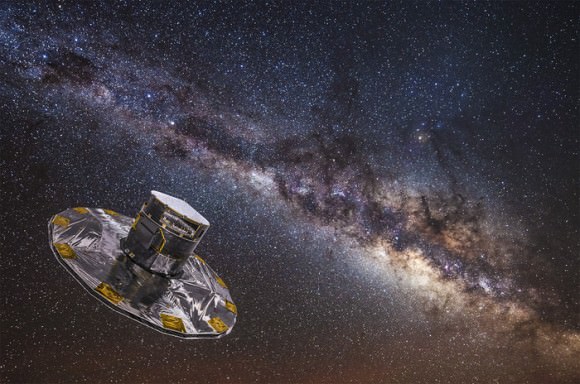
As Stefano Casertano, of the Space Telescope Science Institute and a member of the SHOES team, added:
“Hubble is really amazing as a general-purpose observatory, but Gaia is the new gold standard for calibrating distance. It is purpose-built for measuring parallax—this is what it was designed to do. Gaia brings a new ability to recalibrate all past distance measures, and it seems to confirm our previous work. We get the same answer for the Hubble constant if we replace all previous calibrations of the distance ladder with just the Gaia parallaxes. It’s a crosscheck between two very powerful and precise observatories.”
Looking to the future, Riess and his team hope to continue to work with Gaia so they can reduce the uncertainty associated with the value of the Hubble Constant to just 1% by the early 2020s. In the meantime, the discrepancy between modern rates of expansion and those based on the CMB will continue to be a puzzle to astronomers.
In the end, this may be an indication that other physics are at work in our Universe, that dark matter interacts with normal matter in a way that is different than what scientists suspect, or that dark energy could be even more exotic than previously thought. Whatever the cause, it is clear the Universe still has some surprises in store for us!
Further Reading: NASA
Do Stars Move? Tracking Their Movements Across the Sky
The night sky, is the night sky, is the night sky. The constellations you learned as a child are the same constellations that you see today. Ancient people recognized these same constellations. Oh sure, they might not have had the same name for it, but essentially, we see what they saw.
But when you see animations of galaxies, especially as they come together and collide, you see the stars buzzing around like angry bees. We know that the stars can have motions, and yet, we don’t see them moving?
How fast are they moving, and will we ever be able to tell?
Stars, of course, do move. It’s just that the distances are so great that it’s very difficult to tell. But astronomers have been studying their position for thousands of years. Tracking the position and movements of the stars is known as astrometry.
We trace the history of astrometry back to 190 BC, when the ancient Greek astronomer Hipparchus first created a catalog of the 850 brightest stars in the sky and their position. His student Ptolemy followed up with his own observations of the night sky, creating his important document: the Almagest.
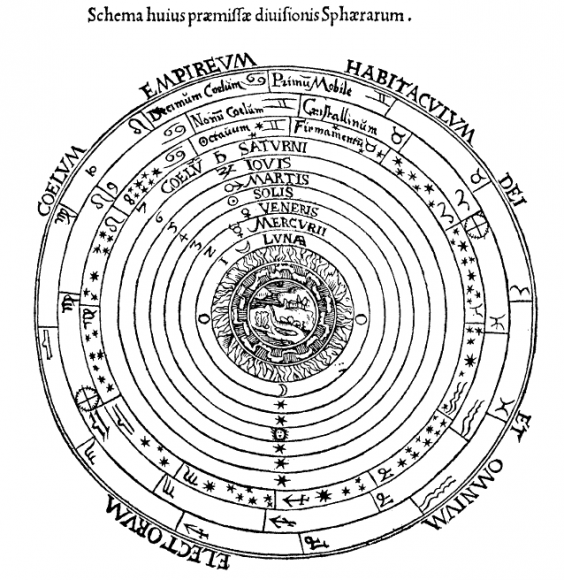
In the Almagest, Ptolemy laid out his theory for an Earth-centric Universe, with the Moon, Sun, planets and stars in concentric crystal spheres that rotated around the planet. He was wrong about the Universe, of course, but his charts and tables were incredibly accurate, measuring the brightness and location of more than 1,000 stars.
A thousand years later, the Arabic astronomer Abd al-Rahman al-Sufi completed an even more detailed measurement of the sky using an astrolabe.

One of the most famous astronomers in history was the Danish Tycho Brahe. He was renowned for his ability to measure the position of stars, and built incredibly precise instruments for the time to do the job. He measured the positions of stars to within 15 to 35 arcseconds of accuracy. Just for comparison, a human hair, held 10 meters away is an arcsecond wide.
Also, I’m required to inform you that Brahe had a fake nose. He lost his in a duel, but had a brass replacement made.
In 1807, Friedrich Bessel was the first astronomer to measure the distance to a nearby star 61 Cygni. He used the technique of parallax, by measuring the angle to the star when the Earth was on one side of the Sun, and then measuring it again 6 months later when the Earth was on the other side.

Over the course of this period, this relatively closer star moves slightly back and forth against the more distant background of the galaxy.
And over the next two centuries, other astronomers further refined this technique, getting better and better at figuring out the distance and motions of stars.
But to really track the positions and motions of stars, we needed to go to space. In 1989, the European Space Agency launched their Hipparcos mission, named after the Greek astronomer we talked about earlier. Its job was to measure the position and motion of the nearby stars in the Milky Way. Over the course of its mission, Hipparcos accurately measured 118,000 stars, and provided rough calculations for another 2 million stars.
That was useful, and astronomers have relied on it ever since, but something better has arrived, and its name is Gaia.
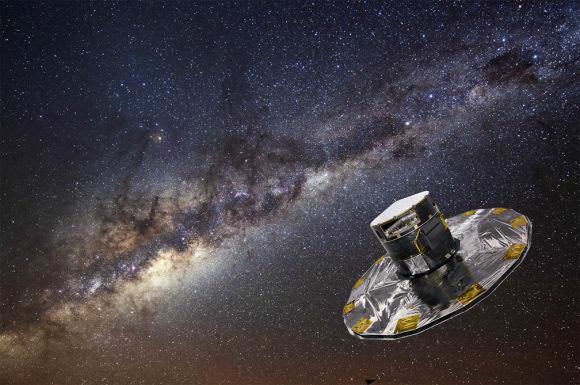
Launched in December 2013, the European Space Agency’s Gaia in is in the process of mapping out a billion stars in the Milky Way. That’s billion, with a B, and accounts for about 1% of the stars in the galaxy. The spacecraft will track the motion of 150 million stars, telling us where everything is going over time. It will be a mind bending accomplishment. Hipparchus would be proud.
With the most precise measurements, taken year after year, the motions of the stars can indeed be calculated. Although they’re not enough to see with the unaided eye, over thousands and tens of thousands of years, the positions of the stars change dramatically in the sky.
The familiar stars in the Big Dipper, for example, look how they do today. But if you go forward or backward in time, the positions of the stars look very different, and eventually completely unrecognizable.
When a star is moving sideways across the sky, astronomers call this “proper motion”. The speed a star moves is typically about 0.1 arc second per year. This is almost imperceptible, but over the course of 2000 years, for example, a typical star would have moved across the sky by about half a degree, or the width of the Moon in the sky.
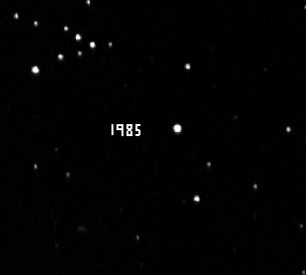
The star with the fastest proper motion that we know of is Barnard’s star, zipping through the sky at 10.25 arcseconds a year. In that same 2000 year period, it would have moved 5.5 degrees, or about 11 times the width of your hand. Very fast.
When a star is moving toward or away from us, astronomers call that radial velocity. They measure this by calculating the doppler shift. The light from stars moving towards us is shifted towards the blue side of the spectrum, while stars moving away from us are red-shifted.
Between the proper motion and redshift, you can get a precise calculation for the exact path a star is moving in the sky.
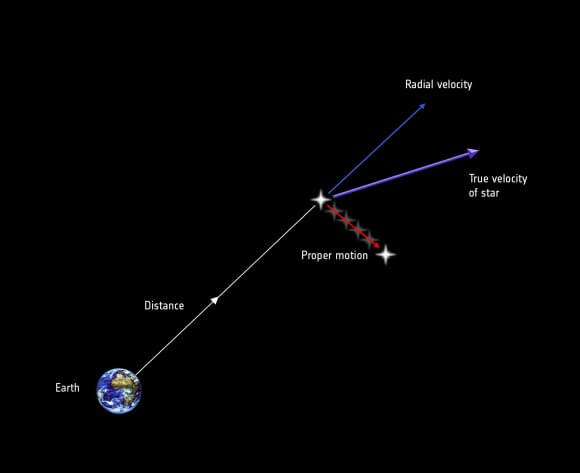
We know, for example, that the dwarf star Hipparcos 85605 is moving rapidly towards us. It’s 16 light-years away right now, but in the next few hundred thousand years, it’s going to get as close as .13 light-years away, or about 8,200 times the distance from the Earth to the Sun. This won’t cause us any direct effect, but the gravitational interaction from the star could kick a bunch of comets out of the Oort cloud and send them down towards the inner Solar System.
The motions of the stars is fairly gentle, jostling through gravitational interactions as they orbit around the center of the Milky Way. But there are other, more catastrophic events that can make stars move much more quickly through space.
When a binary pair of stars gets too close to the supermassive black hole at the center of the Milky Way, one can be consumed by the black hole. The other now has the velocity, without the added mass of its companion. This gives it a high-velocity kick. About once every 100,000 years, a star is kicked right out of the Milky Way from the galactic center.
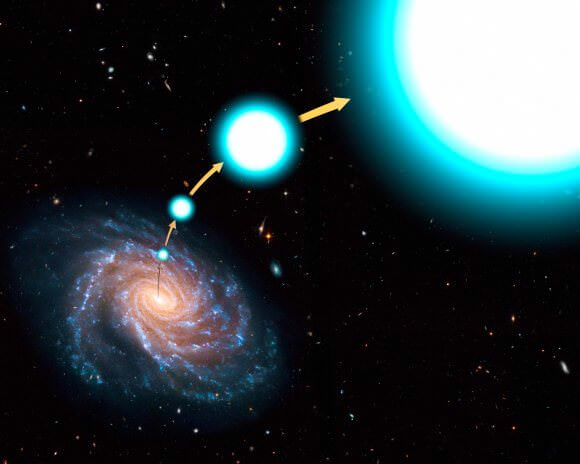
Another situation can happen where a smaller star is orbiting around a supermassive companion. Over time, the massive star bloats up as supergiant and then detonates as a supernova. Like a stone released from a sling, the smaller star is no longer held in place by gravity, and it hurtles out into space at incredible speeds.
Astronomers have detected these hypervelocity stars moving at 1.1 million kilometers per hour relative to the center of the Milky Way.
All of the methods of stellar motion that I talked about so far are natural. But can you imagine a future civilization that becomes so powerful it could move the stars themselves?
In 1987, the Russian astrophysicist Leonid Shkadov presented a technique that could move a star over vast lengths of time. By building a huge mirror and positioning it on one side of a star, the star itself could act like a thruster.
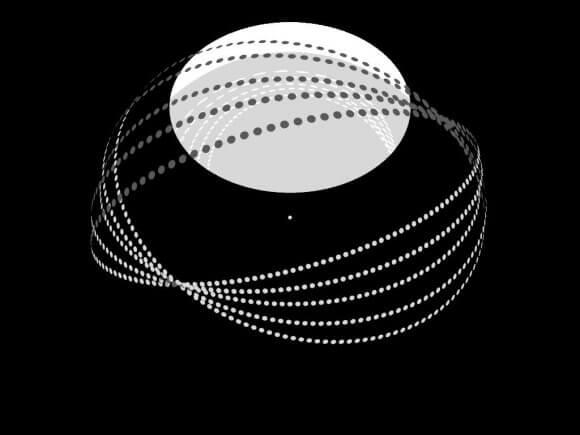
Photons from the star would reflect off the mirror, imparting momentum like a solar sail. The mirror itself would be massive enough that its gravity would attract the star, but the light pressure from the star would keep it from falling in. This would create a slow but steady pressure on the other side of the star, accelerating it in whatever direction the civilization wanted.
Over the course of a few billion years, a star could be relocated pretty much anywhere a civilization wanted within its host galaxy.
This would be a true Type III Civilization. A vast empire with such power and capability that they can rearrange the stars in their entire galaxy into a configuration that they find more useful. Maybe they arrange all the stars into a vast sphere, or some kind of geometric object, to minimize transit and communication times. Or maybe it makes more sense to push them all into a clean flat disk.
Amazingly, astronomers have actually gone looking for galaxies like this. In theory, a galaxy under control by a Type III Civilization should be obvious by the wavelength of light they give off. But so far, none have turned up. It’s all normal, natural galaxies as far as we can see in all directions.
For our short lifetimes, it appears as if the sky is frozen. The stars remain in their exact positions forever, but if you could speed up time, you’d see that everything is in motion, all the time, with stars moving back and forth, like airplanes across the sky. You just need to be patient to see it.



